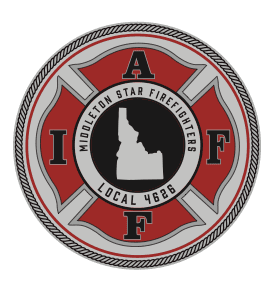
Two Districts, Two Separate Challenges
Star Fire Protection District
The Star Fire District serves one of the fastest-growing cities in the state and the surrounding areas, where population growth is accelerating at an unprecedented rate. As the community expands, so does the demand for emergency services, making it essential to scale our capabilities to meet these evolving needs. Expanding fire protection and emergency response services is vital to ensure timely, high-quality care when it's needed most. The upcoming levy override will provide the necessary funding to help the district meet these growing demands, ensuring we can continue to deliver essential services and maintain the safety and well-being of our residents. With this funding, we can ensure that our firefighters are well-equipped and properly staffed to respond to emergencies swiftly and efficiently, protecting lives and property across the district.
One Common Goal:
Ensuring the safety and well-being of our growing communities through responsive, high-quality emergency services.
Middleton Rural Fire District
The Middleton Rural Fire District is currently funded for only one fire engine. Despite the increase in population and calls for service, the number of firefighters available to respond has not grown. As a result, whenever this engine is dispatched to an emergency, it leaves the district with no available units. This reliance on external resources delays response times and stretches available personnel thin, putting additional pressure on neighboring districts. To maintain a high level of service and ensure that we can respond promptly and efficiently to emergencies, it is critical that we increase staffing and resources within the district. The need for additional funding, through the levy override, will help address these gaps and allow us to meet the growing demands of the community.
